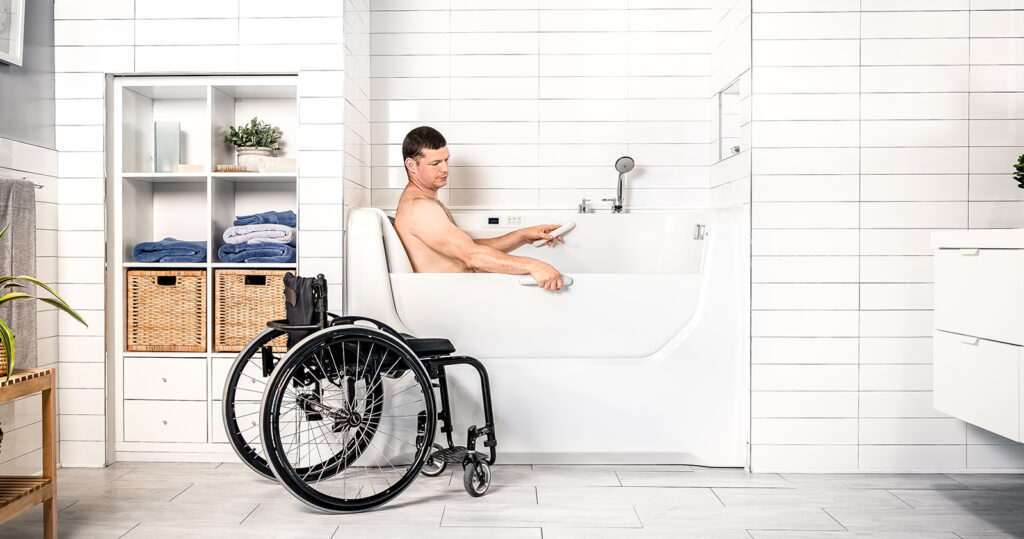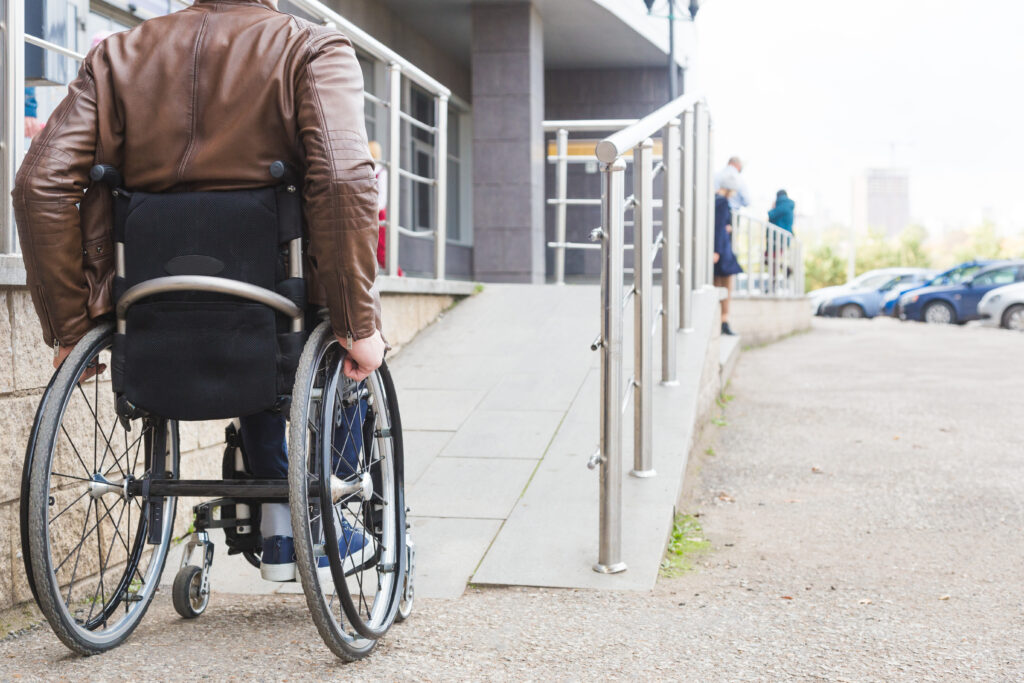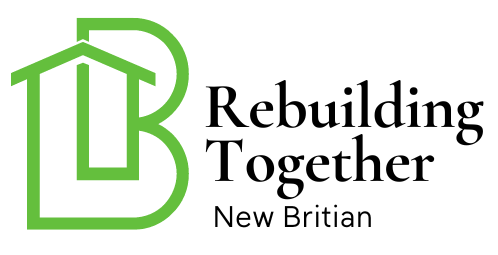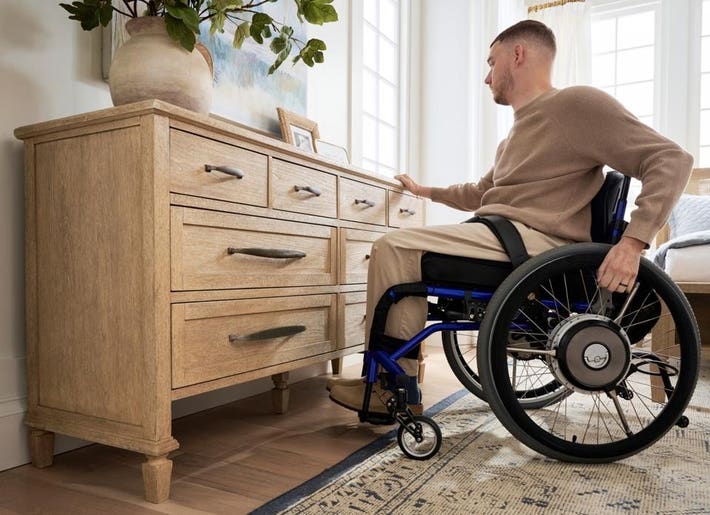Creating accessible home entryways is not just about following regulations or trends. It’s about improving the quality of life for everyone, including the elderly and people with disabilities. In this comprehensive guide, we explore the essential elements of making your home entryways more accessible.

Understanding the Importance of Accessible Entryways
Accessible home entryways cater to the needs of individuals with varying physical abilities. They ensure that everyone, regardless of their mobility challenges, can easily enter and exit the home. This not only promotes inclusivity but also enhances safety.
Who Benefits from Accessible Entryways?
While primarily designed for people with disabilities, accessible home entryways benefit a wide range of individuals. This includes the elderly, parents with strollers, and even those carrying heavy loads. By accommodating diverse needs, these entryways make homes more welcoming and functional.
Legal Requirements and Standards
Many regions have specific regulations regarding accessible home entryways. These laws ensure that entryways are usable by individuals with disabilities. Familiarizing yourself with these standards is crucial when designing or modifying entryways.
Key Features of Accessible Home Entryways
Designing accessible home entryways involves several critical elements. These features enhance usability and safety for everyone.
Wide Doorways
Doorways should be wide enough to accommodate wheelchairs, walkers, and other mobility aids. A minimum width of 36 inches is recommended for easy access.
Ramp Installation
Ramps are essential for homes with stairs leading to the entryway. They provide a smooth transition from the ground to the entrance, making it easier for wheelchairs and strollers. Learn more about ADA ramps.
Non-Slip Surfaces
To prevent slips and falls, entryway surfaces should be non-slip. This is particularly important in areas prone to rain or snow.
Designing for Aesthetic and Functionality
While functionality is crucial, the aesthetics of accessible home entryways should not be overlooked. A well-designed entryway enhances curb appeal and adds value to the home.
Blending with Home Architecture
Entryway modifications should complement the existing architecture. This ensures that the home maintains its aesthetic appeal while becoming more accessible.
Landscaping Considerations
Landscaping around entryways should be planned to avoid obstacles and ensure clear, wide paths to the entrance.
Technological Enhancements
Modern technology offers several solutions to improve accessible home entryways. Automation and smart home integrations can greatly enhance accessibility.
Automatic Doors
Installing automatic doors can significantly ease entry for individuals with limited mobility. These doors open with a simple touch or remote control.
Smart Locks and Security
Smart locks offer keyless entry, which is particularly beneficial for those who may have difficulty using traditional keys. Explore home automation options.
Cost Considerations and Budgeting
While accessible home entryways can require an upfront investment, the benefits they provide often outweigh the costs. Proper planning and budgeting are essential.
Estimating Costs
The cost of making entryways accessible varies based on the modifications needed. Factors such as materials, labor, and technology can influence the total expenditure.
Funding and Assistance
Many governments and organizations offer financial assistance for accessibility improvements. Researching and applying for these options can ease the financial burden.
Common Challenges and Solutions
Implementing accessible home entryways can present challenges. Understanding these hurdles and their solutions is crucial for successful execution.
Space Limitations
Limited space can be a significant barrier. Creative solutions like vertical lifts or compact ramps can help in such situations.
Balancing Functionality and Design
Finding the right balance between functionality and design can be challenging. Consulting with professionals can provide valuable insights.
Long-Term Benefits of Accessible Entryways
Investing in accessible home entryways offers numerous long-term benefits. They enhance the quality of life and add significant value to the property.
Increased Home Value
Homes with accessible features are often more attractive to potential buyers, increasing their market value.
Enhanced Quality of Life
Accessible entryways improve the daily lives of residents, making homes safer and more comfortable for everyone.
Conclusion
Accessible home entryways are essential for creating inclusive, welcoming spaces. By implementing thoughtful designs and leveraging technology, homeowners can significantly enhance accessibility and quality of life. For more information on making homes accessible, visit ADA compliance blog.

FAQs
What are the benefits of accessible home entryways?
They provide ease of access for people with disabilities, the elderly, and those with mobility aids, improving safety and inclusivity.
How can I make my home entryway accessible?
Consider installing ramps, widening doorways, using non-slip surfaces, and integrating smart technology for enhanced accessibility.
Are there financial aids available for making entryways accessible?
Yes, various government programs and organizations offer financial assistance for accessibility modifications. Research local options for more information.
This article contains affiliate links. We may earn a commission at no extra cost to you.

